Newsletter: July 2023
Reminiscence boxes
The Museum team reached a grand total of 1,000 Reminiscence Box loans in July! Our team shared a cake to celebrate and our 1,000th recipient, Harper Fields Care Home in Coventry, received a box of biscuits, Yorkshire Gold tea and bunting to throw a celebratory tea party of their own.
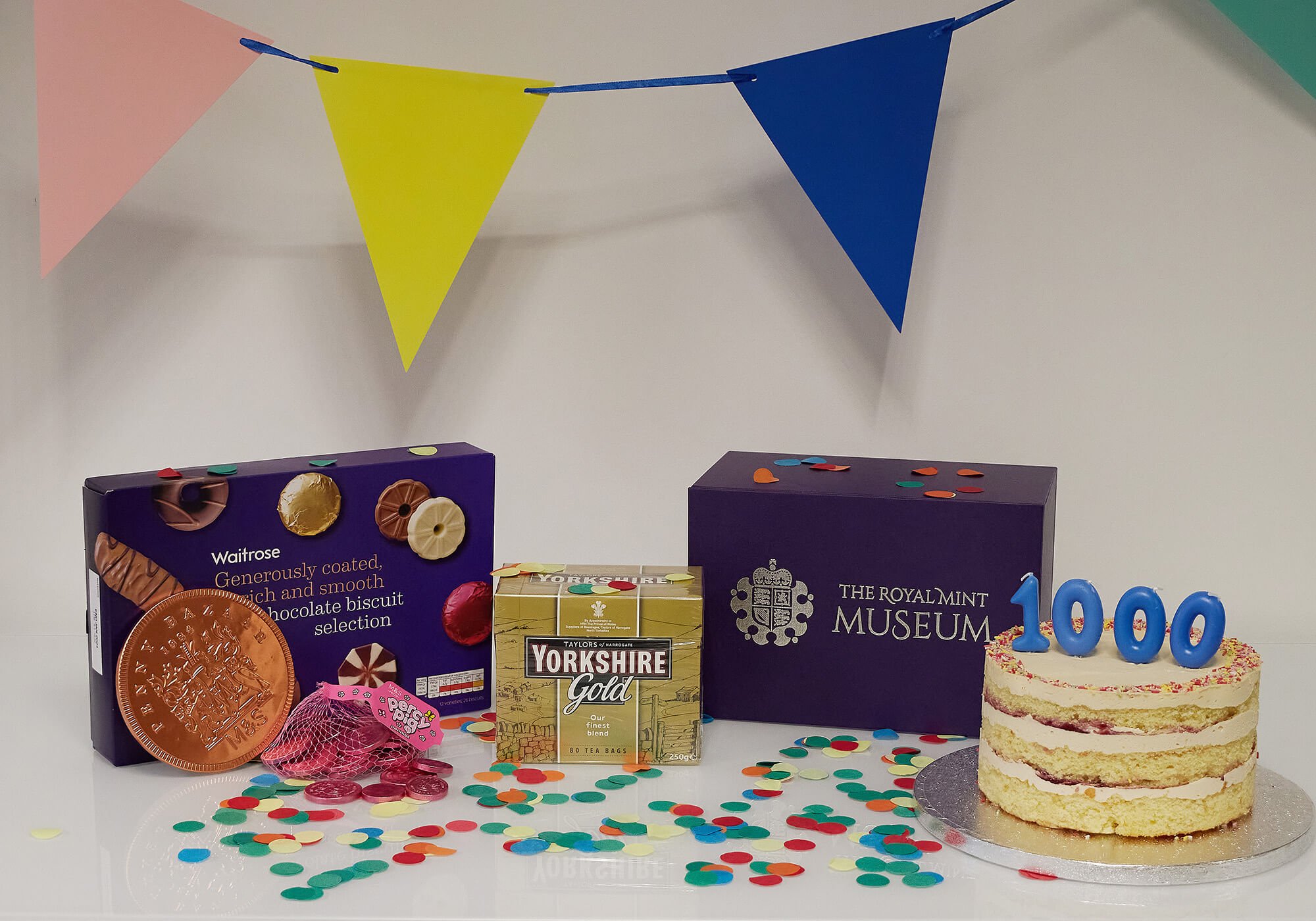
You can read more here: https://www.royalmintmuseum.org.uk/journal/news/newsletter-1000-loans/’
If you would like to borrow a box, please check out https://www.royalmintmuseum.org.uk/collection/borrowabox/ or email borrowabox@royalmintmuseum.org.uk this service is completely free and is avaliable with transcripts and audio to run Welsh language workshops
Machine restoration
This month we were pleased to welcome another of our large machines back to site after being expertly conserved and restored by Penybryn Engineering Ltd.
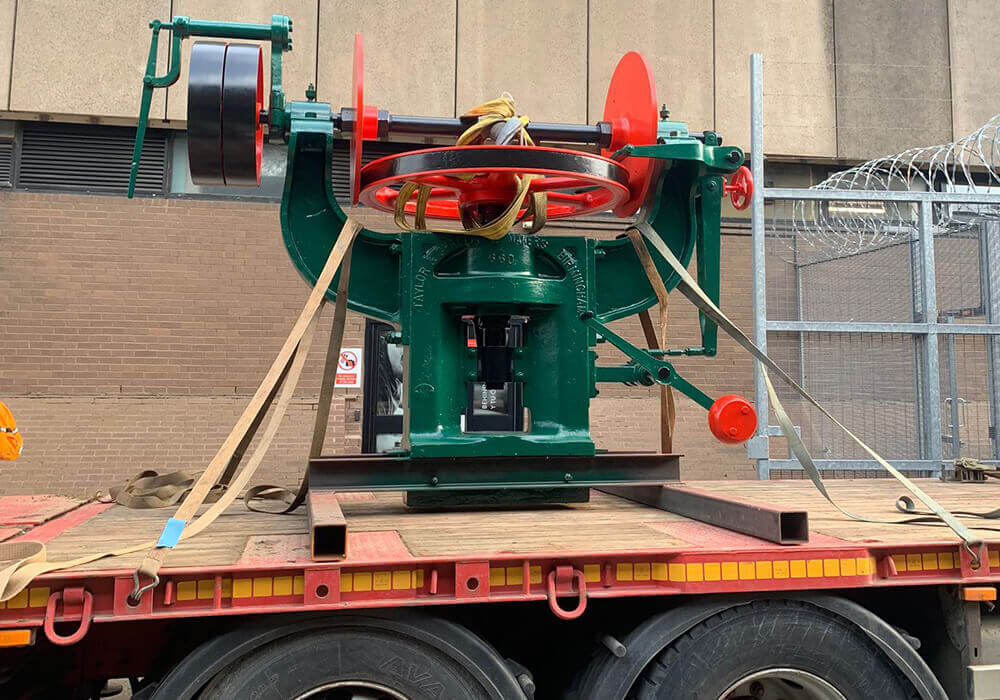
This friction screw press, made by the Birmingham firm of Taylor & Challen, was one of a number acquired by the Royal Mint when the Medal Department was expanded in the early 1920s. It had previously been used at Woolwich Arsenal to assist in the production of medals for those who fought in the First World War. The machine has been installed close to several others on display at the Royal Mint Experience.
Work Experience Placement
The Museum team were joined this month by Jamie, who spent a week of work experience finding out what happens behind the scenes at the Royal Mint Museum. Jamie is a coin collector and numismatist, who was excited to understand more about how the Royal Mint Museum team collects, conserves, displays, and researches coins and related material. After a week filled with research projects, laboratory testing of coins, and cataloguing coinage tooling, Jamie had the following to say:
“I've learned a lot during my time there and everyone has been extremely friendly. Not only that, but my time at the Museum has made me appreciate what everyone does behind the scenes and how everyone's areas of expertise contribute towards running the Mint so thank you very much.”
We wish Jamie the very best of luck in pursuing a career in numismatics and heritage! If you would like to find out more about volunteering opportunities at the Museum, take a look at some of the articles written by previous volunteers or get in touch via our contact page.
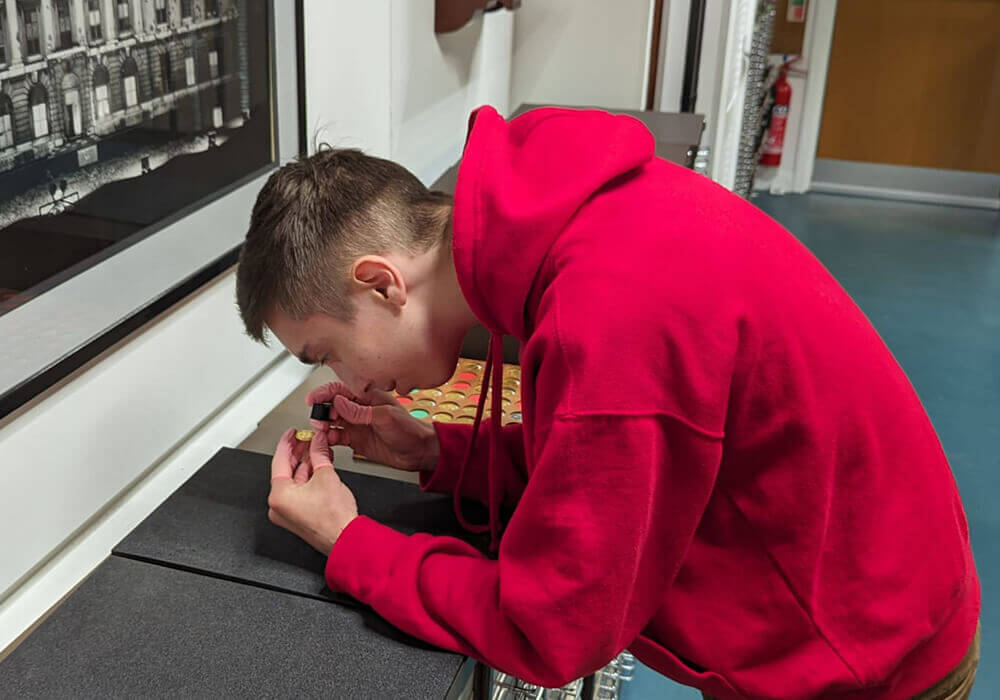
Online library
In the last few weeks our Collections Manager, Sarah Tyley has been hard at work adding more of this material to the volumes available in our online library. Previously digitised material includes the Waterloo medal roll which contains the names of all those who were awarded the campaign medal for taking part in the Battle of Waterloo, Royal Mint Annual Reports from 1870-1976 and papers relating to the work of the Royal Mint Advisory Committee.
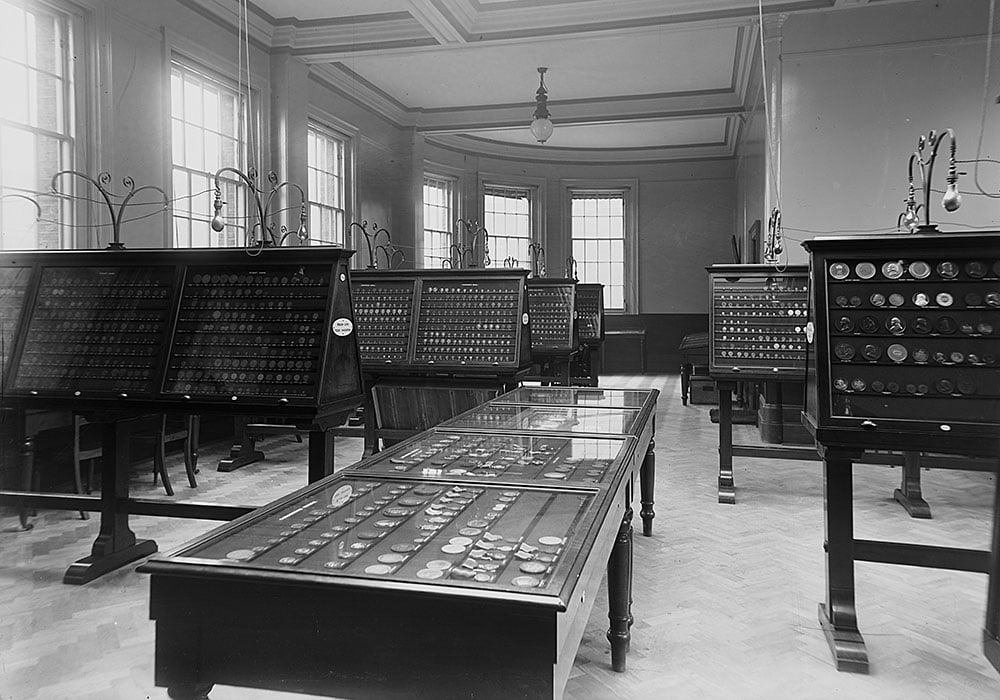
Thanks to Sarah’s efforts you can now find two new entries. Listing almost 2000 items, the first published catalogue of the Royal Mint Museum collection was written in 1874 by William Webster. Thirty years later, the first Curator of the Royal Mint Museum, William John Hocking, began work on a new catalogue of the collection. The first volume compiled by Hocking was published in 1906 and was devoted to the Museum’s collection of nearly 5000 coins and tokens. As well as descriptions of the items, it included historical notes and appendices to make a coherent account of these parts of the collection. The second volume, dealing with dies, medals and seals, was published in 1910 and included almost 4000 dies and just over 1000 medals and seals.
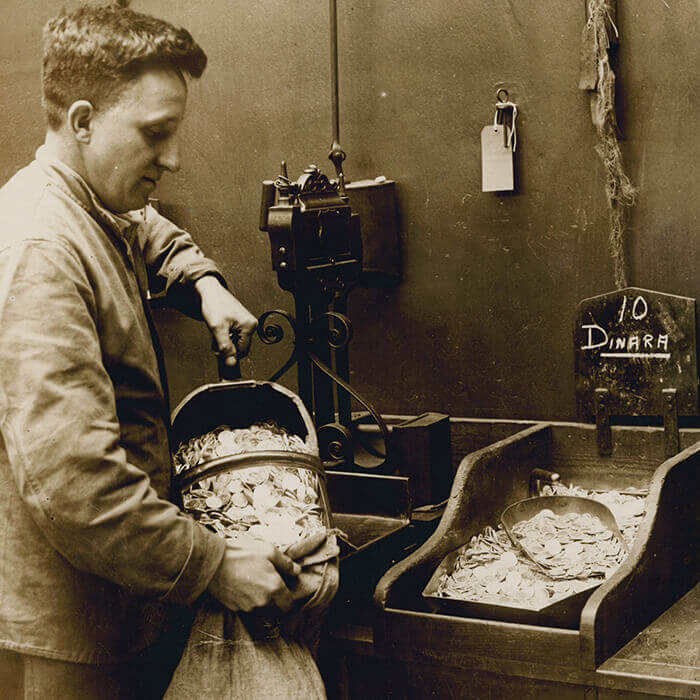
Notes on the Coining Processes for Royal Mint Apprentices was written in 1952 by P.H. Pettiford, Superintendent of the Royal Mint Operative Department. It sets out comprehensive notes on coining processes to assist Engineer Apprentices at Tower Hill and was intended to continue the Royal Mint’s tradition of high standards of workmanship and of improving methods of production. By providing a detailed account of production practices, it represents a fascinating primary source of reference for those with an interest in the history of engineering in general and also for those with a specific interest in how coins and medals were made at the time.
